© 2010 JulieSenko.org

Acupuncture May Break Cycle of Urinary Tract Infections
By Michael Devitt, Managing Editor
from Acupuncture Today, January 2003
© 2003 MPAmedia
It is estimated that up to 11 million people in the United States experience an acute urinary tract infection (UTI) each year. 1 Although they also occur in men, the overwhelming majority of urinary tract infections are seen in women, for reasons not altogether understood. UTIs can occur in any part of the urinary system, and are usually caused by bacteria that enter the urethra and begin multiplying. Whatever the cause, the condition is quite debilitating; some women have reported that having a UTI can be at least as, if not more, painful than childbirth.
Antibiotics are the most commonly prescribed remedy for UTIs in the U.S. Given the growing resistance of bacteria to antibiotics, however, some women choose not to take their medication and let the infection run its course, which can lead to serious health problems elsewhere in the body. Worse yet, women who are especially prone to UTIs often take large doses of antibiotics before an infection sets in, which only hastens bacterial resistance.
The emerging threat of antibiotic resistance has led researchers to investigate other,
non-
Alraek and a team of medical doctors recruited 94 women aged 18-
After obtaining written consent, the women were given a traditional Chinese medicine diagnosis and randomized into acupuncture and control groups. Control subjects received no treatment. Acupuncture patients received needling at points on the lower abdomen or back (CV 3 or 4 and BL 23 or 28) or the lower extremities (KI 3; SP 6; SP 9; ST 36; or LR 3) according to their TCM diagnosis. Treatments were given twice weekly for four weeks.
The researchers documented any incidence of UTI for six months following the last
treatment. They also collected urine samples and measured the amount of residual
urine in each woman's bladder at two-
Results
While there were no statistical differences among patient groups in the 12 months
leading up to the start of the trial, the scientists found a significant decrease
among groups after the acupuncture sessions began. Seventy-
Women treated with acupuncture also experienced a 51% reduction in the average amount
of urine remaining in the bladder at the six-
Residual urine levels, acupuncture vs. control group
Group Residual urine level, Residual urine level,
baseline (ml) six-
Acupuncture (n=67) 35.4 18.2
Control (n=27) 35.5 38.8
Alraek surmised that the reduction in UTIs could be due to acupuncture reducing the residual urine level in a woman's bladder. "Ancient Chinese medical theory would have used other terms to describe this change," he said in a statement to Reuters Health. "One possibility would be better circulation of qi in the lower abdomen." 3
Previous studies done by Alraek and others 4,5 suggested that acupuncture could reduce the severity of UTIs and prevent them from recurring for several months. The AJPH study reinforced these earlier findings and, in doing so, added another important piece to the mosaic of acupuncture research.
"Our results showed that acupuncture reduced the recurrence rate among cystitis-
References
1. Urinary Tract Infections in Adults. Bethesda, MD: National Kidney and Urologic Diseases Information Clearinghouse, 2002.
2. Alraek T, Soedal L, Fagerheim SU, et al. Acupuncture treatment in the prevention
of uncomplicated recurrent lower urinary tract infections in adult women. American
Journal of Public Health October 2002;92(10):1609-
3. McCook A. Acupuncture may help break urinary infection cycle. Reuters, October 16, 2002.
4. Aune A, Alraek T, LiHua H, et al. Acupuncture in the prophylaxis of recurrent
lower urinary tract infection in adult women. Scand J Prim Health Care March 1998;16(1):37-
5. Alraek T, Aune A, Baerheim A. Traditional Chinese medicine syndromes in women
with frequently recurring cystitis: frequencies of syndromes and symptoms. Complementary
Therapies in Medicine December 2000;8(4):260-